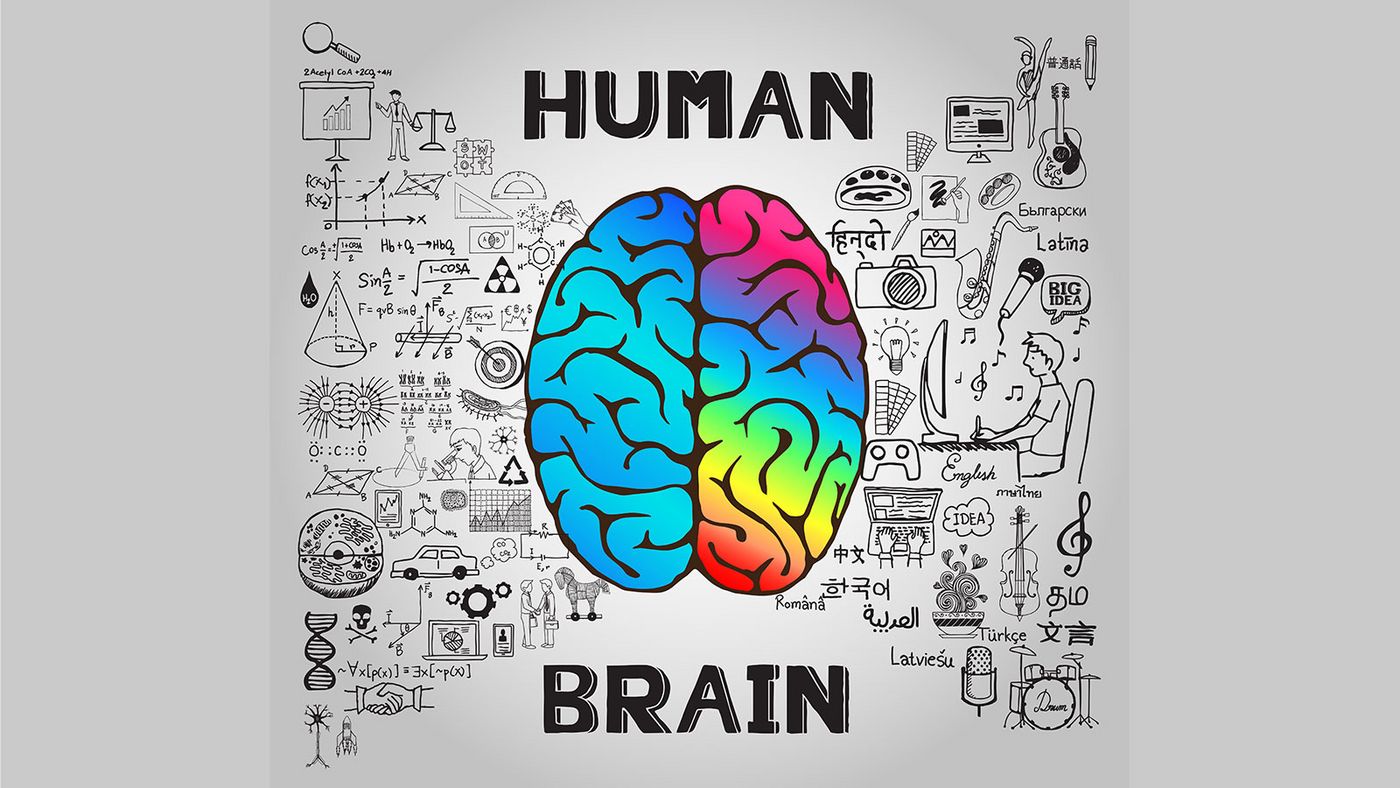Ever since the beginning of the technological age, sci-fi forecasts were quick to render the human mind obsolete. Psychology has since highlighted the role of emotion and cognitive biases in how people understand and consume content. Here are some strategies for how to speak to customers old and new – and to their brains.
Writing for the average user is a tricky affair. Unlike machines, our mind can only hold a very restricted amount of information. Ask somebody to tell you ten random single-digit numbers and try to repeat them. You will soon find that the more numbers you hear, the harder it is to remember the sequence of digits. Remembering anything beyond the first seven digits will be a Herculean task. This is our working memory in action, and its middling capacity also limits the number of individual words you can remember outside the context of a sentence.
Our working memory works along with our iconic memory, which stores everything we see, albeit very briefly and often with selective attention focus. These limits impose heavy constraints on the way we do digital design.
Take passwords, for instance. According to recent research by Panda Security, up to 52 percent of users reuse their passwords ...
Read more after login
tekom members can log in directly with their "My tekom" access data.
You are not yet a tekom member, but would like to read one or more articles in full? Then you have the opportunity to register on the internet portal of the technical journal 'tcworld' without obligation. Once you have registered, you can select any three specialist articles and view them in full for a period of two months. The selection will then be deleted and you can select three new articles for the next two months.
As a tekom member you benefit from the following advantages::
- Online access to all articles of the trade magazine 'tcworld magazine'
- Exclusive specialist articles from all areas of technical communication
- Regular new articles from over 300 authors
- The technical journal 'tcworld magazine' as a printed edition
- Reduced admission prices to tekom conferences
- Membership fees for tekom publications
- Access to 'my tekom', the web forum with job offers / job requests, appointments, expert advice, service provider file and much more
Login
Registration
Promised: The trade magazine 'tcworld magazine' is the best we have. And we don't make the choice easy for ourselves. Every month, the editorial staff of the technical journal 'tcworld magazine' publishes the latest articles by renowned authors. This demanding selection is available exclusively to members of tekom (as usual, including the printed edition).
The trade magazine 'tcworld magazine' stands for intelligently prepared specialist articles, texts written to the point, informative content, surprising insights, international perspectives and communicates technical communication in an understandable, fast, clear and uncomplicated way - exclusively for you.

